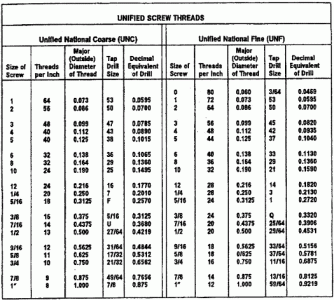I have an ER collet system for my lathe, with it I can grab onto the points of threads with good grip and no damage.
If you have not single-point threaded before here's a few things I have learned:
-make sure you use back gear; you want slow speed and slow feed!
(to cut right-handed threads you have to cut towards the head-stock, and you do not want to "crash" into the chuck)
-find/grind a 60 deg tool and use a gauge to get it "square" to the work, also be sure it is on centre
-you need to cut the thread in multiple passes to get it to full depth
-set the compound to 29 deg. and use the compound to advance for each cut pass; this way you only cut on one side of the 60 deg point, and you get less chatter
-be sure you have a small recess on the work to stop the tool bit in and the end of the pass
-if your lathe has a threading indicator use it to be sure you are "cutting in the same groove" on multiple passes.
(if you do not have a threading dial, then you need to keep the half-nuts engaged the whole time even when bringing the tool back towards the tail-stock for the next cut)
-set it up to what you think is right and then take an "air cut" without the tool touching the work, this will give you a feel for how fast you need to react to disengage the feed
-for your first real cut pass, make it very light, just scratch the surface, then stop the lathe and check it with a thread gauge or known bolt, just to prove you have all the feed levers set right for your required TPI
For the threading dial there are rules about when to use any number, or an even number depending on your lead-screw and the TPI being cut.......I can never remember them!
I just use the exact same number for each pass.....I may spend a bit of time waiting for my number to come around, but I spend less time looking up the rules!
-brino

